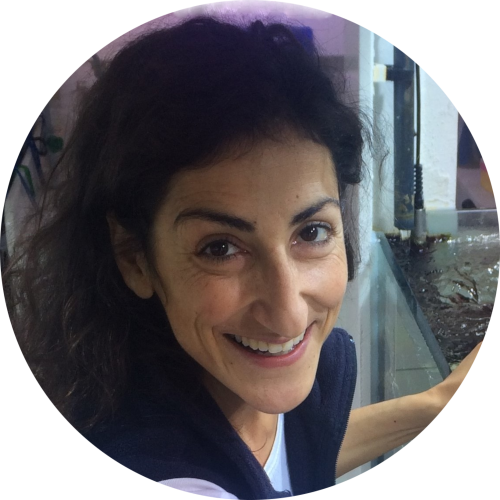Duygu S. Sevilgen
Many marine organisms, ranging from hermatypic corals which form vast coral reef systems to single celled organisms such as foraminifera and coccolithophores, produce calcium carbonate shells or skeletons by a process called biomineralisation.
Despite the long-known importance of these organisms in the marine realm, the underlying mechanisms of biomineralisation and the active control that organisms exert on this process are still not fully understood. This is striking, given that marine calcifiers may be strongly affected by environmental changes such as ocean acidification or the increase of sea surface temperatures. In this context, deciphering the process of biomineralisation has become an increasingly important research task in the recent past.
Various indirect and direct methods are available to study biomineralisation processes and within the project “Building Shells: Towards a Mechanistic Understanding of Biomineralisation”, I use electrochemical microsensors to tackle the task and to add a puzzle piece of understanding. Electrochemical microsensors are very fine, minimally invasive, needle-shaped instruments that allow for real time measurements of a large range of analytes on high spatial (µm) and temporal (s) resolution. They can be used to characterize the oxygen environment (dissolved oxygen concentrations and dynamics, photosynthesis- and respiration rates) and to measure key parameters that are important during the calcifying process (pH, [Ca2+], [CO32-]). This can be done in vivo using live organisms and in combination with other methods (microscopy, macroscopy, fluorescent dyes) and either within specific calcifying compartments or within the boundary layers at the organism-environment interface.
Almost all sensors are home-made, so you will most likely find me in the microsensor workshop preparing glassware and assembling microelectrodes, or in the experimental tank rooms, planning experiments and setting up measurements with my colleagues!
